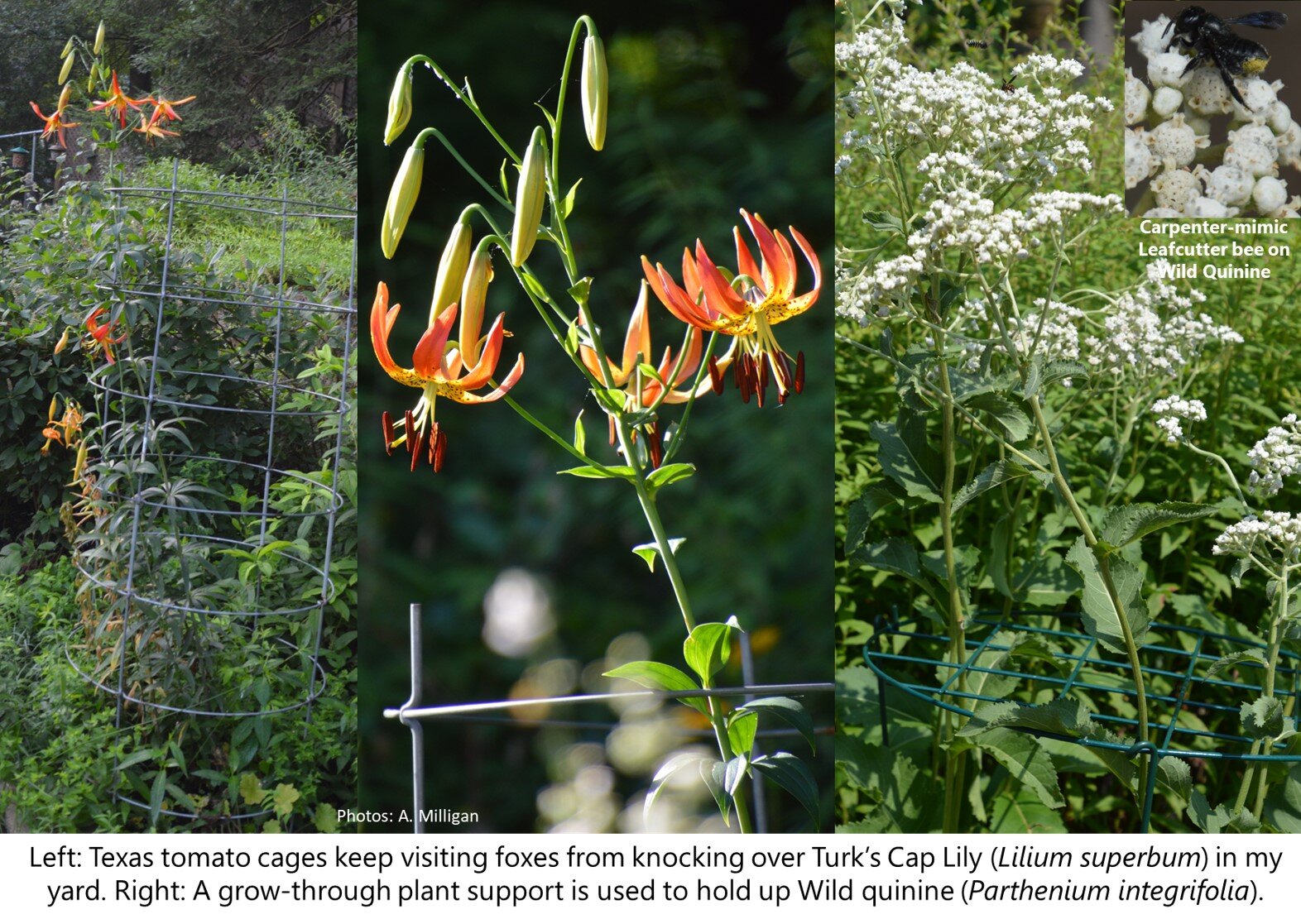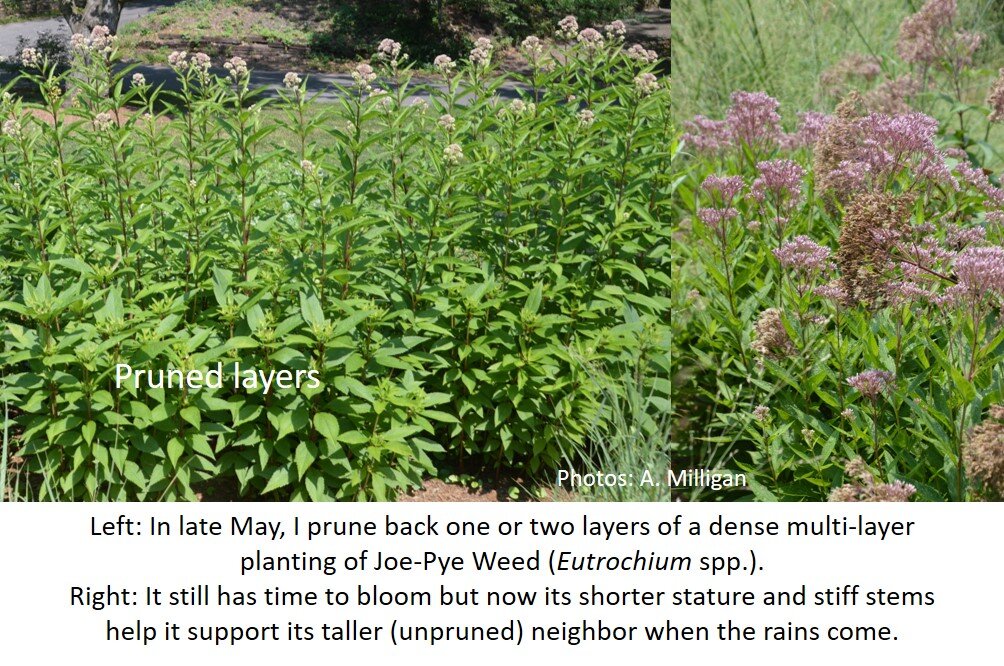October’s Native Maryland Plant
Mimulus ringens L.
(MIM-yoo-luss RIN-jens)
Common Name: Monkey Flower
Temperatures have dropped significantly since Mimulus ringens was in full bloom, yet a few hardy flowers still cling to its branches, inviting any late season pollinators that happen to be passing by. This plant has been very productive in my yard, filling a persistently wet area while providing nourishment to many pollinators since late May.
In need of wetland plants, I selected monkey flower after reading that it was a host plant for the Common Buckeye butterfly – one of my favorites. I also read that ‘older, post-hibernation larvae’¹ of the Baltimore Checkerspot will feed on it if it is planted near their primary host plant, Turtlehead (Chelone glabra). The Checkerspot has proven elusive in my garden despite the many Turtlehead plants I grow, but I remain hopeful that having Mimulus ringens sited nearby will further entice the state butterfly to consider my yard a worthy nursery.
Mimulus ringens is native to the wetlands of central and eastern North America. Its stems emerge as early as February and by late May they’re surprisingly stiff, over 3’ tall and full of lavender blooms. This is a rhizomatic plant and its blooms grow opposite each other as a single pair on a long stalk that emerges from the leaf axil; they typically bloom on different days. Its lance-shaped, serrated leaves are rotated 90 degrees from adjacent pairs.
I may never see a Baltimore Checkerspot butterfly in my garden, but I’ll continue to enjoy the Common Buckeye and take pleasure knowing that I’ve added a new host plant to support this local Lepidoptera.
¹ https://www.butterfliesofmassachusetts.net/baltimore-checkerspot.htm
² The angle between the upper side of the stem and a leaf, branch, or petiole.
~ Alison Milligan – Mstr. Gardener/Mstr. Naturalist/Mstr. Watershed Steward
Chesapeake Bay Landscape Professional (CBLP)













